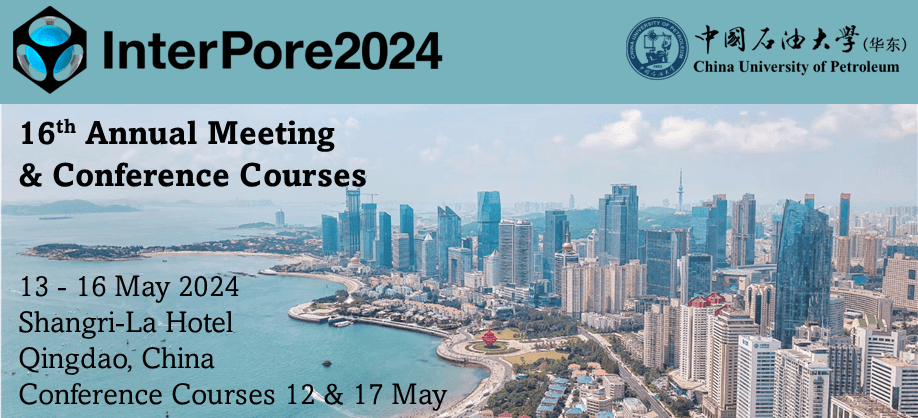Speaker
Description
Subcooled water flow boiling experiments were carried out in flat mini- and microchannels under intense local heating (up to 1600 W/cm2) for different heater surface morphology. Two different heaters were used: 10x10 mm2 heater and 3x3 mm2 heater. In total, 4 different types of heating surfaces were used: 1) smooth copper, 2) rough copper, 3) porous coating, 4) graphene coating. The structure of surfaces was studied in detail using atomic force and electron microscopy methods, as well as spectroscopy Raman scattering of light. The DSA100 KRUSS automated measuring system was used to study wettability of the surfaces. In experiments on flow boiling it was found that with an increase in the channel height in the range of 0.2 – 3.7 mm, the heat transfer rate and critical heat flux increases significantly. For a given fluid flow rate and channel height, the critical heat flux on the 3x3 mm2 heater exceeds the heat flux on the 10x10 mm2 heater, and with increasing channel height this difference increases. Boiling curves were obtained for different water flow rates at different channel heights for heaters measuring 3x3 and 10x10 mm2. The behavior of the boiling curves is generally similar for both heater sizes - over the entire range of water flow rates and channel heights. It was found that at high values of mass flow rate of water, the critical heat flux for porous surface exceeds by approximately 30% the critical heat flux for smooth surface. On porous surface the heat transfer coefficients are significantly higher than on smooth surface. Moreover, at relatively small values of overheating, the difference in the heat transfer coefficient is two times and more. A series of experiments were carried out to study the effect of the heater coating on the frequency of formation of vapor bubbles. It was found that at relatively low heat fluxes, the specific frequency of bubble formation on rough surface, and also on surface coated with graphene, is higher than on smooth one. However, as the heat flux increases, the difference in the frequency of bubble formation on these surfaces practically disappears. Whereas the formation of bubbles on the porous surface occurs with twice the frequency compared to other surfaces in the entire range of heat fluxes. The results obtained can explain the recorded significantly higher heat transfer coefficients and critical heat fluxes on the porous surface.
The work was supported by the Russian Science Foundation (grant no. 22-49-08018).
| Country | Russia |
|---|---|
| Conference Proceedings | I am not interested in having my paper published in the proceedings |
| Acceptance of the Terms & Conditions | Click here to agree |




.jpg)
